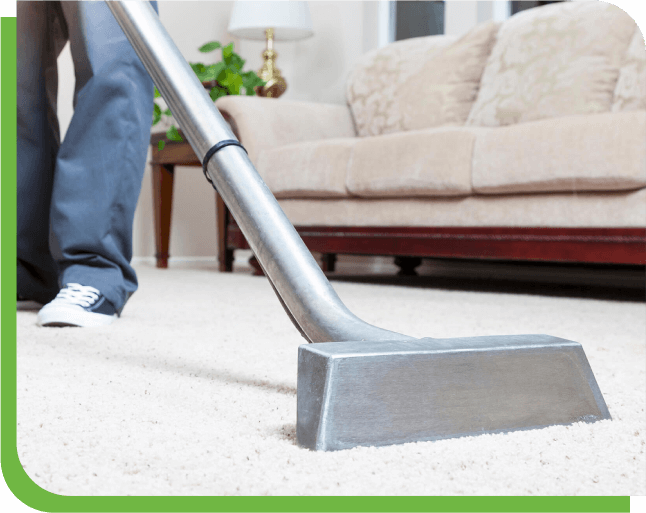As healthcare providers continue to face increasing administrative burdens, the adoption of AI-powered medical scribes is proving to be a transformative solution. These tools can automate much of the clinical documentation process, helping to alleviate the time spent on routine note-taking and allowing providers to focus more on patient care. However, to truly unlock the potential of AI scribes, proper training is essential. Healthcare providers must understand how to effectively integrate these tools into their workflow to maximize efficiency and accuracy. This article explores the importance of AI scribe training for healthcare providers and how it can improve both the documentation process and patient care.
Why AI Scribe Training Is Essential
AI medical scribes are designed to automate documentation by transcribing patient-provider interactions, generating notes, and uploading them directly to Electronic Health Records (EHR). While these tools offer a significant advantage, their effectiveness depends on how well clinicians are trained to use them. Proper training enables healthcare providers to:
Understand the Technology: Healthcare providers need to comprehend how AI scribes work and what capabilities they offer. Training helps them familiarize themselves with the system’s features, such as how to initiate transcription, edit generated notes, and review flagged discrepancies.
Customize and Personalize Use: Different medical specialties have unique documentation needs. AI scribe training allows clinicians to customize templates, integrate dot phrases, and adjust the system to suit their specific workflow. This ensures that the AI scribe produces relevant, high-quality documentation tailored to each patient’s care.
Ensure Accurate and Consistent Documentation: AI scribes use natural language processing (NLP) to understand medical conversations and generate notes. However, healthcare providers must review these notes to ensure accuracy and completeness. Training teaches providers how to spot and correct errors, ensuring that the generated notes meet their standards.
Promote Seamless EHR Integration: AI scribes are most effective when fully integrated with EHR systems. Training ensures that clinicians understand how to link the AI-generated notes with the right patient records, ensuring a smooth documentation process that avoids duplication or data discrepancies.
Increase Efficiency and Reduce Burnout: The ability to quickly document patient visits through AI scribes can save healthcare providers significant time. Proper training enables clinicians to streamline their documentation workflow, reducing the time spent on administrative tasks and alleviating burnout. More time spent with patients and less time on documentation leads to a more balanced and productive workday.
Steps for Effective AI Scribe Training
Familiarization with the Technology
The first step in AI scribe training is to introduce healthcare providers to the platform’s basic functionalities. This includes learning how to activate the AI scribe, initiate transcription, and work with the generated notes. Initial training should focus on using the AI system efficiently and comfortably, with hands-on demonstrations and step-by-step guides.
Understanding Medical Terminology and AI Capabilities
One of the challenges of using AI in healthcare is ensuring that the technology understands complex medical terminology. During training, healthcare providers should learn how the AI system processes medical language and how it adapts to various specialties. They should also be educated about the AI’s ability to flag inconsistencies, suggest improvements, and recognize context-specific terms to ensure documentation is precise and accurate.
Customizing the System to Meet Clinical Needs
Training should emphasize the importance of customizing the AI scribe to fit the specific needs of different clinical settings. For example, a cardiologist may need unique documentation templates compared to a pediatrician. Providers should be shown how to create personalized dot phrases, save commonly used terms, and integrate pre-defined templates that match their practice’s needs. This customization will make the AI scribe more efficient and relevant to the provider’s daily work.
Reviewing and Editing Generated Notes
Although AI scribes are designed to capture the majority of the clinical encounter, healthcare providers must review and edit the generated notes. Effective training involves teaching clinicians how to spot inaccuracies in the AI-generated text, such as missing details, misinterpretations, or incomplete sentences. Training should also highlight how to fine-tune the notes to ensure they meet the clinic’s documentation standards.
Integrating the AI Scribe with EHR Systems
AI scribes are most effective when they integrate seamlessly with existing EHR systems. Providers need to understand how the AI-generated notes sync with EHR platforms, ensuring that records are updated in real-time and that the documentation is properly categorized under the correct patient’s profile. Training should focus on best practices for uploading, reviewing, and managing notes within the EHR system.
Ongoing Support and Education
AI technology evolves rapidly, and continuous training ensures that healthcare providers remain up to date on the latest features and improvements. Offering ongoing support, troubleshooting, and regular training sessions is crucial to keeping clinicians proficient in using the AI scribe and adjusting to new system updates or features.
Key Benefits of Proper AI Scribe Training
Enhanced Clinical Workflow Efficiency: Providers who are well-trained in using AI scribes can document patient visits faster and more efficiently. This efficiency leads to improved overall productivity, allowing clinicians to care for more patients and reduce backlogs.
Improved Patient Care: With the administrative burden reduced, healthcare providers have more time to engage with patients and focus on quality care. Enhanced documentation accuracy also ensures that patient records are up-to-date and complete, leading to better clinical decision-making.
Reduced Burnout: Clinicians can focus on their core responsibilities—caring for patients—rather than spending excessive hours on administrative tasks. By automating much of the documentation process, AI scribes help reduce the stress associated with paperwork, leading to better job satisfaction and reduced burnout.
Higher Quality Documentation: Proper training ensures that clinicians can use AI scribes to produce accurate, high-quality, and consistent clinical documentation. This improves patient care by providing accurate records for future reference and reducing the likelihood of errors that could impact treatment decisions.
Conclusion
AI medical scribes are reshaping healthcare documentation, offering significant benefits in terms of efficiency, accuracy, and provider well-being. However, to fully harness these benefits, healthcare providers must undergo comprehensive training. By learning how to use the system effectively, customize it to their needs, and integrate it with EHR systems, providers can improve both their workflow and the quality of patient care. AI scribe training is an investment that pays off in time saved, reduced burnout, and improved patient outcomes, ultimately transforming how healthcare providers approach documentation.

